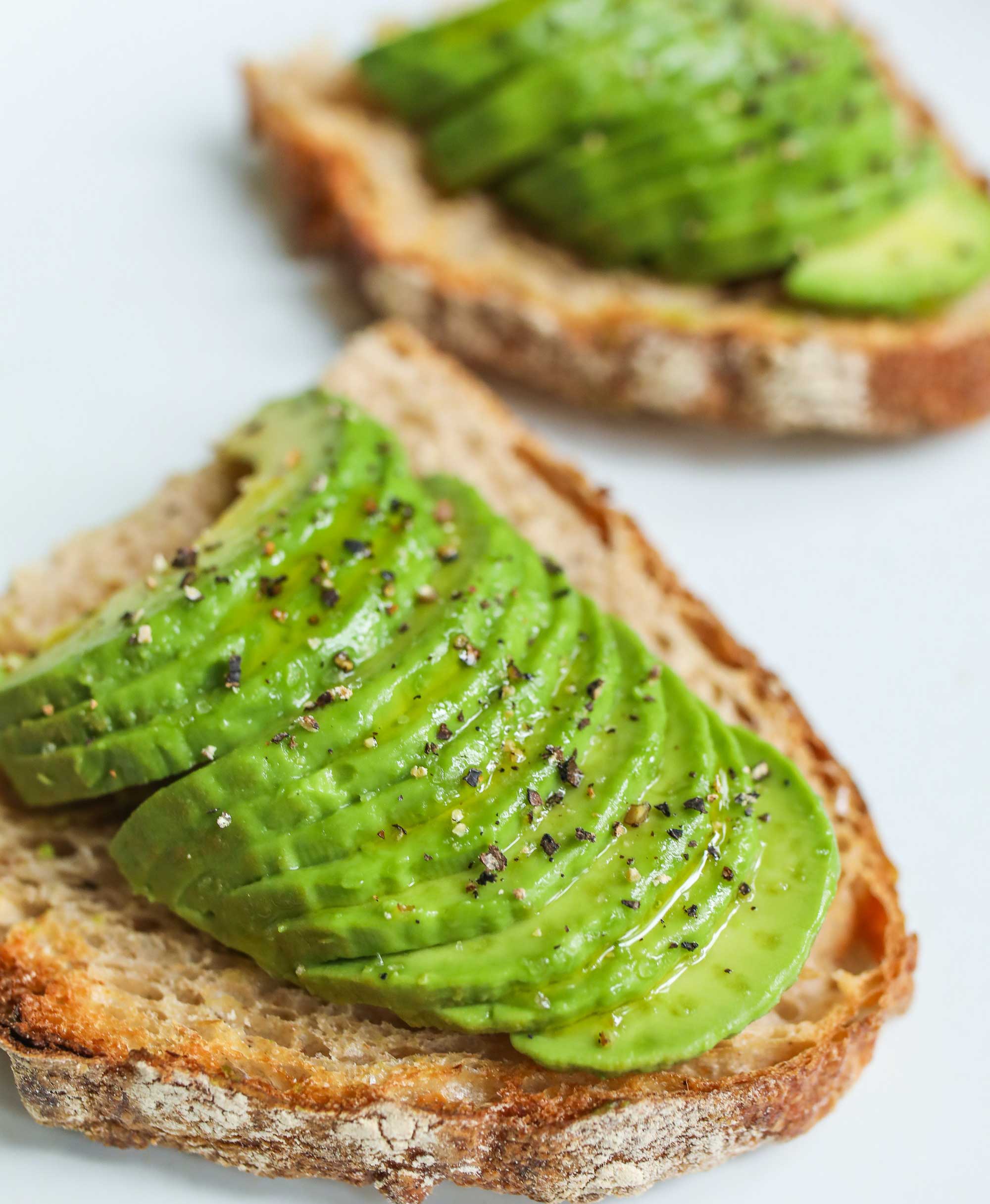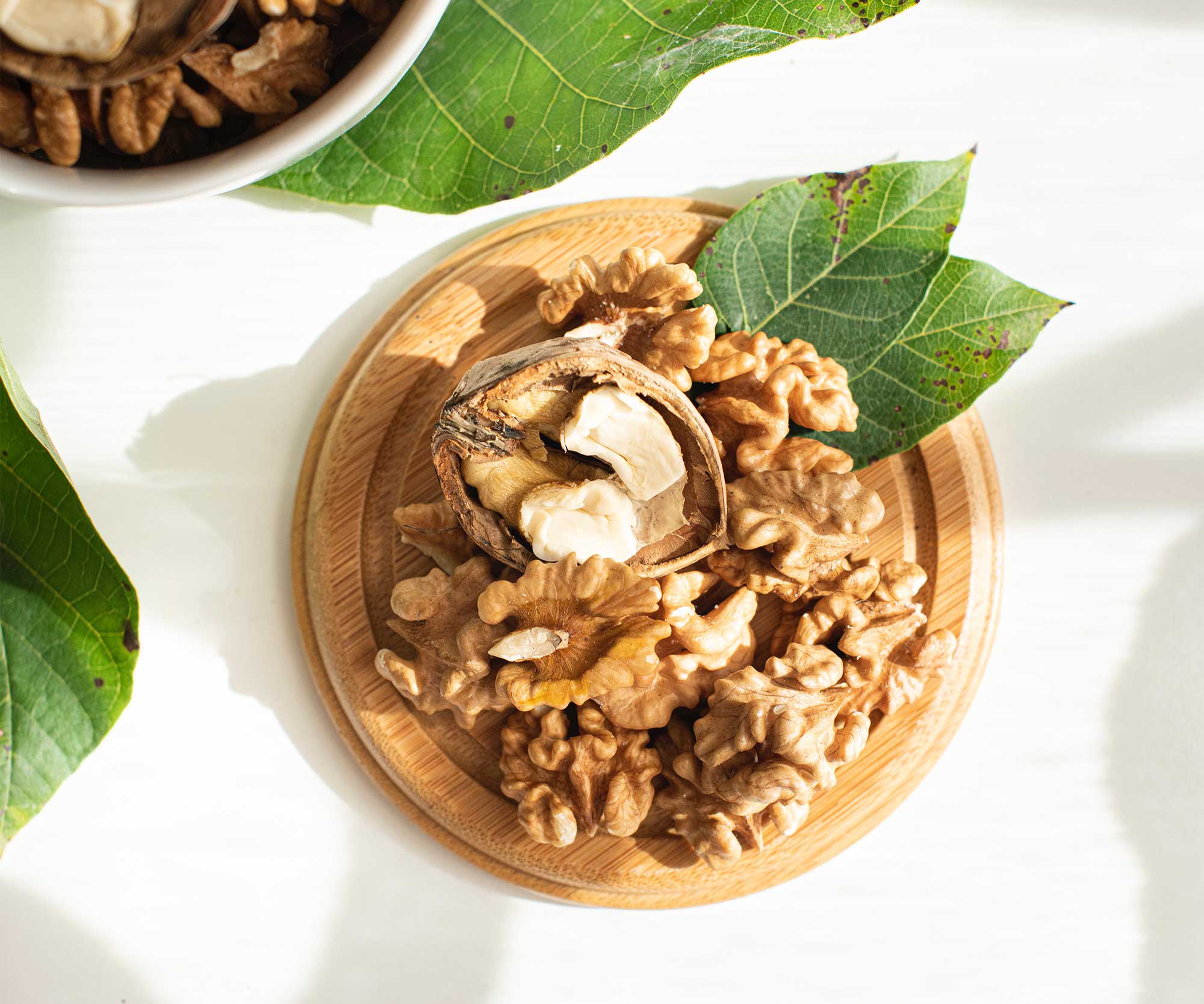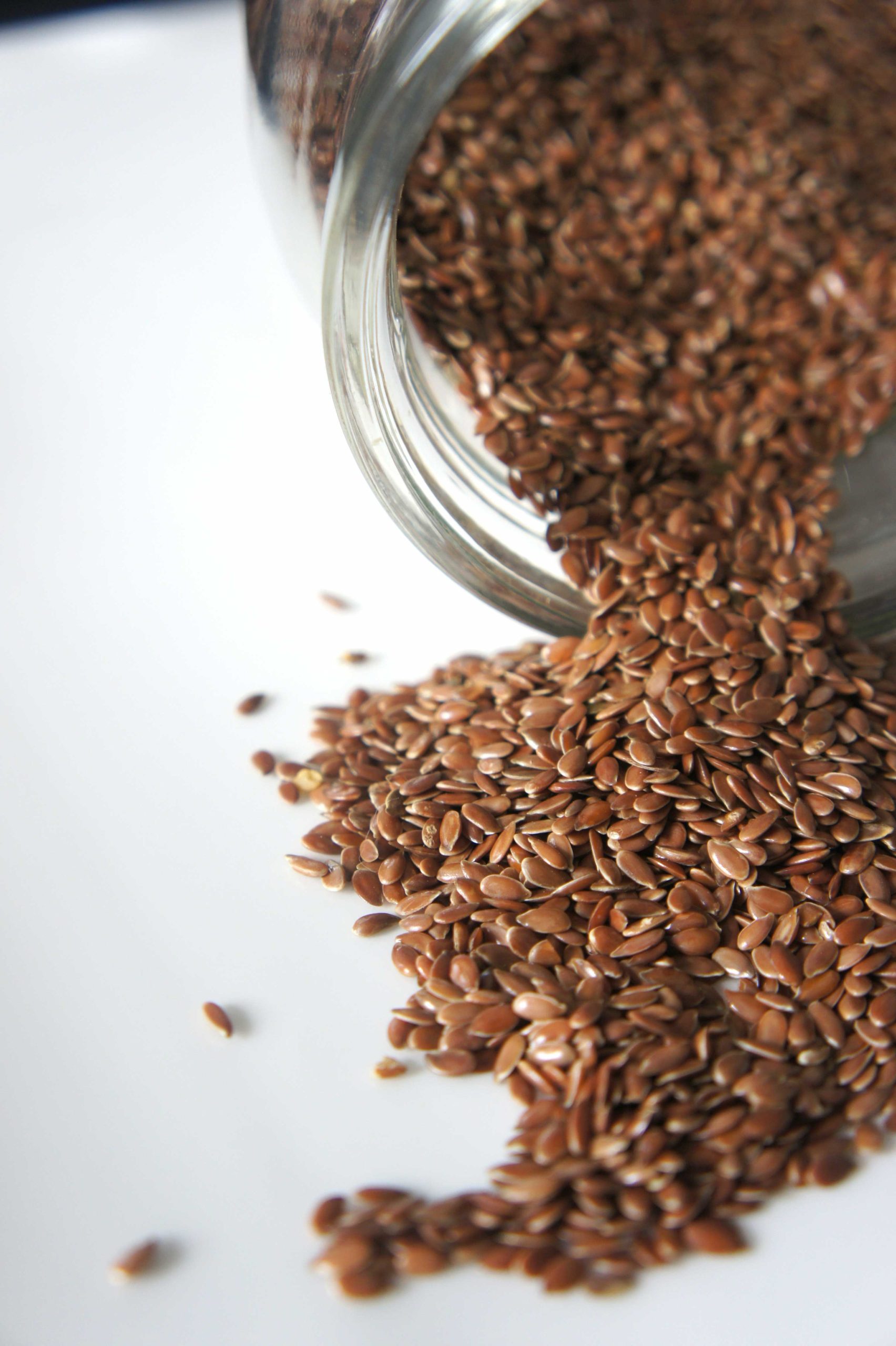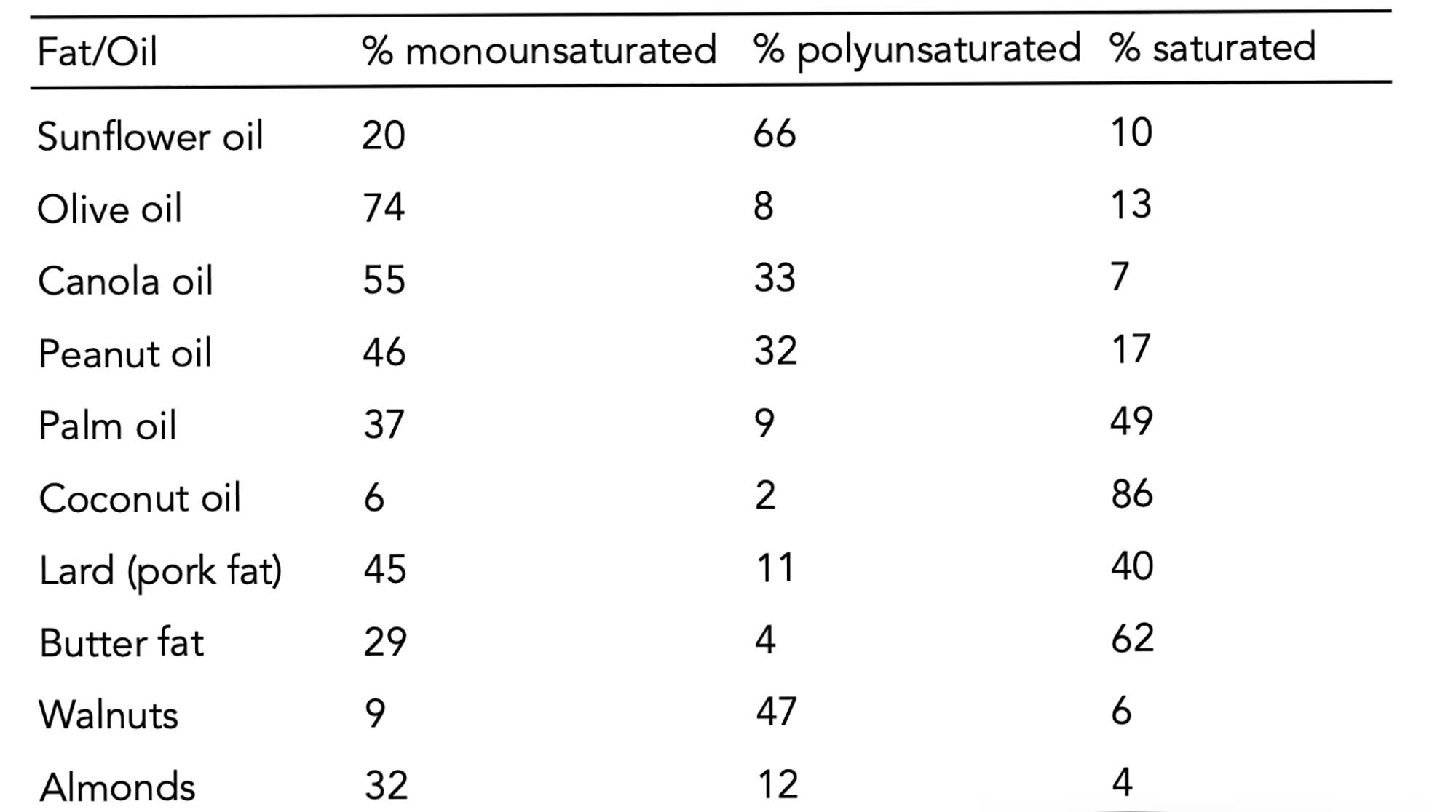
EXPLORING PLANT BASED DIETS- PART 6
EXPLORING PLANT BASED DIETS- PART 6
So why are plant foods so valuable?
1. ONLY PLANT FOODS CONTAIN FIBRE, WHICH IS ESSENTIAL FOR A RANGE OF HEALTH BENEFITS
Fibre is the part of plant foods that is largely undigested in the small intestine.
A range of substances are known as fibre, including complex carbohydrates, natural polymers (cellulose, lignin, pectin, gums, psyllium) and many others still being identified.
Most fibres can be classified into one of two categories: soluble fibre and insoluble fibre.
The different types of fibre have different roles and benefits, so it is valuable to obtain fibre from a range of foods.1
Starch that resists digestion—known as resistant starch—also acts like fibre and appears to have the same benefits.
Resistant starch is found in pearl barley, brown rice and legumes, as well as cooled cooked potato, rice and pasta.2
When fibre is present at every meal it can help protect you from over-eating.

Soluble Fibre
Soluble fibre includes pectins, gums, betaglucans, some hemicelluloses, and more.
Soluble fibre is found in oats, legumes (beans and lentils), soybeans, some seeds, brown rice, barley, psyllium, flaxseed, fruits, some green vegetables and potatoes.3
Soluble fibre is soluble in water, so it forms a gel as it passes through the digestive tract.
Soluble fibre may work to reduce blood cholesterol levels by trapping the cholesterol in bile and preventing it being reabsorbed into the bloodstream.
This effect may result in a decreased risk of heart disease if fibre is eaten in sufficient amounts.4
Soluble fibre also slows down the speed with which food leaves the stomach.
The benefits of this action include increased feelings of fullness during and after a meal, reducing the likelihood of over-eating.1
Additionally, the delayed stomach emptying slows down the rate at which glucose from the digested meal enters the blood stream, resulting in a smaller spike in blood sugar levels and helping people with diabetes maintain better blood sugar control.
Importantly, some researchers believe that a lifetime of bloodglucose spikes (from low-fibre meals) may contribute to the development of type 2 diabetes.5
In the large intestine, soluble fibre is digested (fermented) by good bacteria, which release fatty acids as a by-product.
These fatty acids help keep the bowel wall healthy, potentially reducing the risk of bowel cancer.
The fatty acids produced by the good bacteria may also have beneficial effects in other parts of the body.1,6

Insoluble Fibre
Insoluble fibre includes substances such as cellulose, hemicelluloses and lignin.
It is found in foods such as wholegrain wheat and wheat bran, rice bran, vegetables, nuts and seeds.
Insoluble fibre doesn’t dissolve in water, but instead draws significant amounts of water into the stools, making them larger, softer and easier to pass.
In this way, insoluble fibre plays a key role in the prevention of constipation and associated conditions such as diverticular disease and hemorrhoids.
By drawing water into the stool, toxins and carcinogens may be diluted—another proposed method by which fibre may protect against bowel cancer.1
Health authorities around the world recommend daily fibre intakes from 25–40g per day. Most Australians consume 18–25g a day,1,7 while the average Canadian intake is only 4.5–11g per day!8
By including more whole food plant foods in the diet, individuals can easily obtain the recommended amounts and enjoy the many short and long term benefits.

2. AN ENORMOUS RANGE OF VITAMINS, MINERALS AND VALUABLE PHYTOCHEMICALS—SUCH AS ANTI-OXIDANTS—ARE FOUND IN PLANT FOODS
Phytochemicals are substances that give plants their colour as well as other sensory characteristics such as smell.
Thousands of different phytochemicals have been identified, and researchers are gradually working through scientific studies designed to identify what benefits, if any, individual phytochemicals have to human health—either working alone or with other plant compounds.9
There are a number of major groups of phytochemicals, including the large flavonoid class which has over 5,000 known examples.10
Flavonoids (a class of phytochemicals) are widely distributed in plants and are believed to perform many functions including anti-allergic, anti-inflammatory, anti-microbial, anti-cancer and anti-oxidant functions.
One way flavonoids may exert a protective effect is by their impact on cell-signalling pathways.
The complex chain of events that lead to changes in the expression of specific genes are known as cell-signalling pathways.
The results of numerous studies suggest that flavonoids may protect against diseases such as cancer by inhibiting or blocking various parts of the cell-signalling pathways involved in cell growth.11
Extensive research is continuing to evaluate the benefits of plant flavonoids in the human body.
It is often difficult to work out if a demonstrated benefit is due to phytochemicals or due to other substances such as vitamins and minerals in plant foods.
However, it is well established that diets shown to be protective against cancer are based largely on plant foods.12

3. WHOLE PLANT FOODS ARE LOW IN FAT
As well as being low in fat, most plant foods are also low in total energy, making it easier to maintain a healthy body weight.
But even plant foods that have higher levels of fat—such as avocados, nuts, seeds, and possibly even coconuts—contain good fats that have healthful impacts on our bodies.
To explain, let’s take a closer look at fats.
FATS
Fats, also called lipids, are valuable nutrients that perform some important roles in human health.
They provide energy for many activities and form the membrane around every cell.
They also have important functions including helping us absorb essential fat-soluble vitamins (A, D, E, K), hormone production, and acting as molecular messengers and signalling molecules.
They also play a crucial role in influencing gene expression.13
However, they are more famous for their role in conditions such as heart disease, cancer, and diabetes.
In this respect, many people are now aware of good and bad fats—those that protect against these conditions versus those that promote or contribute to them.
Most people have heard of saturated and unsaturated fats, but what do these terms mean?

THE STRUCTURE OF FATS
Fats in the form of triglycerides are molecules which have a main backbone (glycerol), to which three arms are attached—the fatty acids.
Fatty acids may be short chain, medium chain, or long chain—depending on how many carbon atoms are in the fatty acid.
The fatty acid molecule is a chain made up of 4–30 carbon atoms, with hydrogen atoms attached to the carbon atoms along the length, and oxygen atoms at the end.
A carbon atom can bond with up to four other atoms.13

SATURATED FATS
A saturated fatty acid has four atoms attached to every carbon atom along its length. Specifically, the molecule contains as many hydrogen atoms as is possible—it is saturated with hydrogen atoms.
MONOUNSATURATED FATS
A monounsaturated fatty acid has one of its carbon atoms with fewer than four atoms attached to it.
POLYUNSATURATED FATS
A polyunsaturated fatty acid has more than one of its carbon atoms with fewer than four atoms attached to it.
TRANS FATS
These fatty acids occur naturally in some foods, but are also produced when vegetable oils are hardened using a method called partial hydrogenation. 14-16
Saturated fats are typically considered to be bad fats because of their potential role in heart disease.
Eating too many foods high in saturated fats has been linked to cardiovascular disease via an increase in LDL cholesterol—the bad cholesterol that contributes to plaque build-up on blood vessel walls. Recently, this belief was questioned after a review of 21 studies produced the astonishing finding that there was no link between cardiovascular disease (CVD) and dietary saturated fat.17

Good Fats, Bad Fats?
POLYUNSATURATED AND MONOUNSATURATED FATS
POLYUNSATURATED AND MONOUNSATURATED FATS are referred to as good fats because they reduce LDL cholesterol levels and may reduce the risk of cardiovascular disease.
Studies clearly show that replacement of saturated fat by polyunsaturated or monounsaturated fat lowers both LDL and HDL cholesterol,21 although the reduction in HDL cholesterol is minimal.22
A review of the evidence found that replacing saturated fats with monounsaturated fats improved the cholesterol profile, but there wasn’t a clear link to a reduced CVD risk, partly due to the design of the research studies.22
Additionally, the omega-3 type of polyunsaturated fats may have a range of benefits including reducing triglyceride (blood fat) levels, combating depression, inflammation and asthma, and possibly protecting against Alzheimer’s disease and dementia.23,24

TRANS FATS
TRANS FATS are considered even worse than saturated fats.
They not only increase LDL—the bad cholesterol, they also decrease HDL—the good cholesterol.15
Manufacturers are now moving away from the use of partially hydrogenated vegetable oils—the main source of trans fats—and in some countries, such as Australia, most margarines now contain less than 1g of trans fats per 100g.

OMEGA-6 AND OMEGA-3 FATTY ACIDS
Two important types of polyunsaturated fatty acids are omega-6 and omega-3 fatty acids.
In particular, linoleic acid (omega-6) and alpha- linolenic acid (ALA) (omega-3) are essential fatty acids—molecules that the human body needs but can’t make and which therefore need to be included in the food we eat.25
Food sources of omega-3 fatty acids include walnuts, linseed (flaxseed), soybean oil, canola oil, and dark green vegetables for ALA.
Oily fish is a food source for two other omega-3 fatty acids known as EPA and DHA.26,27
Once in the body, ALA is partially converted to EPA and DHA, which are important in cell signalling, gene expression, and as modulators in the inflammatory processes.28,29
There is some debate as to whether vegetable sources of omega-3 fatty acids are as beneficial as fish sources, but they are beneficial.28
Food sources of omega-6 fatty acids include: sesame, sunflower, safflower, corn and soybean oils, tahini, pine nuts, and brazil nuts.27
Omega-6 fatty acids are abundant in the Western diet due to the increased availability of polyunsaturated margarines and oils and their inclusion in processed foods.27
The ratio of omega-6 to omega-3 appears to be an important element of good health—especially with regard to inflammatory processes.
Unfortunately this ratio has been skewed by the excess of omega-6 in our food supply.30
It is therefore important we are intentional about including good amounts of omega-3 in our diets.31

PLANT FOODS AND FATS
WHICH SHOULD YOU USE?
In minimal amounts, it appears acceptable to include either in your diet.
What we need to avoid is large amounts of fats of any kind.
Alternatively, you can skip them both in some cases, and use completely natural, nutritious spreads such as mashed avocado.
Butter—a food of animal origin, contains over 60% saturated fat but is produced by natural methods.
Margarine—a food of plant origin, is higher in polyunsaturated fats, but is produced through a high level of processing which some people believe makes the final product less healthful.

WHAT ABOUT COCONUT OIL?
REFERENCES
1. Anderson JW, Baird P, Davis RH, Jr., et al. Health benefits of dietary fiber. Nutr Rev. Apr 2009;67(4):188-205.
2. Birt DF, Boylston T, Hendrich S, et al. Resistant starch: promise for improving human health. Adv Nutr. Nov 2013;4(6):587-601.
3. Brown L, Rosner B, Willett WW, Sacks FM. Cholesterol-lowering effects of dietary fiber: a meta- analysis. Am J Clin Nutr. Jan 1999;69(1):30-42.
4. Flight I, Clifton P. Cereal grains and legumes in the prevention of coronary heart disease and stroke: a review of the literature. Eur J Clin Nutr. Oct 2006;60(10):1145-1159.
5. Livesey G, Taylor R, Livesey H, Liu S. Is there a dose-response relation of dietary glycemic load to risk of type 2 diabetes? Meta-analysis of prospective cohort studies. Am J Clin Nutr. Mar 2013;97(3):584- 596
.6. Roberfroid MB. Inulin-type fructans: functional food ingredients. J Nutr. Nov 2007;137(11 Suppl):2493S-2502S
7. Probst Y, Tapsell L. Meeting recommended dietary intakes in meal plans with >/=4 servings of grain-based foods daily. Public Health Nutr. May2013;16(5):803-814
.8. Canadian Diabetes Association. The Benefits of Eating Fibre. 2012; http://www.diabetes.ca/ diabetes-and-you/nutrition/fibre/. Accessed December, 2012.
9. Liu RH. Potential synergy of phytochemicals in cancer prevention: mechanism of action. J Nutr. Dec 2004;134(12 Suppl):3479S-3485S.
10. Wang L, Lee IM, Zhang SM, Blumberg JB, Buring JE, Sesso HD. Dietary intake of selected flavonols, flavones, and flavonoid-rich foods and risk of cancer in middle-aged and older women. Am J Clin Nutr. Mar 2009;89(3):905-912.
11. Birt DF, Hendrich S, Wang W. Dietary agents in cancer prevention: flavonoids and isoflavonoids. Pharmacol Ther. May-Jun 2001;90(2-3):157-177.
12. Wiseman M. The second World Cancer Research Fund/American Institute for Cancer Research expert report. Food, nutrition, physical activity, and the prevention of cancer: a global perspective. Proc Nutr Soc. Aug 2008;67(3):253-256.
13. Fahy E, Subramaniam S, Brown HA, et al. A comprehensive classification system for lipids. Journal of Lipid Research. May 1, 2005 2005;46(5):839-862.
14. Mozaffarian D, Willett WC. Trans fatty acids and cardiovascular risk: a unique cardiometabolic imprint? Curr Atheroscler Rep. Dec 2007;9(6):486-493.
15. Micha R, Mozaffarian D. Trans fatty acids: effects on cardiometabolic health and implications for policy. Prostaglandins Leukot Essent Fatty Acids. Sep-Nov 2008;79(3-5):147-152.
16. Dalainas I, Ioannou HP. The role of trans fatty acids in atherosclerosis, cardiovascular disease and infant development. Int Angiol. Apr 2008;27(2):146-156
.17. Siri-Tarino PW, Sun Q, Hu FB, Krauss RM. Meta- analysis of prospective cohort studies evaluating the association of saturated fat with cardiovascular disease. Am J Clin Nutr. Mar 2010;91(3):535-546..
18. Mozaffarian D, Micha R, Wallace S. Effects on coronary heart disease of increasing polyunsaturated fat in place of saturated fat: a systematic review and meta-analysis of randomized controlled trials. PLoS Med. Mar 2010;7(3):e1000252.
19. Jakobsen MU, Dethlefsen C, Joensen AM, et al. Intake of carbohydrates compared with intake of saturated fatty acids and risk of myocardial infarction: importance of the glycemic index. Am J Clin Nutr. Jun 2010;91(6):1764-1768.
20. Astrup A, Dyerberg J, Elwood P, et al. The role of reducing intakes of saturated fat in the prevention of cardiovascular disease: where does the evidence stand in 2010? Am J Clin Nutr. Apr 2011;93(4):684-688.
21. Siri-Tarino PW, Sun Q, Hu FB, Krauss RM. Saturated fat, carbohydrate, and cardiovascular disease. Am J Clin Nutr. Mar 2010;91(3):502-509.
22. Siri-Tarino PW, Sun Q, Hu FB, Krauss RM. Saturated fatty acids and risk of coronary heart disease: modulation by replacement nutrients. Curr Atheroscler Rep. Nov 2010;12(6):384-390.
23. Cederholm T, Palmblad J. Are omega-3 fatty acids options for prevention and treatment of cognitive decline and dementia? Curr Opin Clin Nutr Metab Care. Mar 2010;13(2):150-155.
24. Mazereeuw G, Lanctot KL, Chau SA, Swardfager W, Herrmann N. Effects of omega-3 fatty acids on cognitive performance: a meta-analysis. NeurobiolAging. Jul 2012;33(7):1482 e1417-1429.
25. Meyer BJ, Mann NJ, Lewis JL, Milligan GC, Sinclair AJ, Howe PR. Dietary intakes and food sources of omega-6 and omega-3 polyunsaturated fatty acids. Lipids. Apr 2003;38(4):391-398.
26. Saravanan P, Davidson NC, Schmidt EB, Calder PC. Cardiovascular effects of marine omega-3 fatty acids. Lancet. Aug 14 2010;376(9740):540-550.
27. Russo GL. Dietary n-6 and n-3 polyunsaturated fatty acids: from biochemistry to clinical implications in cardiovascular prevention. Biochem Pharmacol. Mar 15 2009;77(6):937-946.
28. DeFilippis AP, Sperling LS. Understanding omega-3’s. Am Heart J. Mar 2006;151(3):564-570.
29. Lee S, Gura KM, Kim S, Arsenault DA, Bistrian BR, Puder M. Current Clinical Applications of Ω-6 and Ω-3 Fatty Acids. Nutrition in Clinical Practice. August 1, 2006 2006;21(4):323-341.
30. de Oliveira Otto MC, Wu JHY, Baylin A,
et al. Circulating and Dietary Omega‚Äê3 and Omega‚Äê6 Polyunsaturated Fatty Acids and Incidence of CVD in the Multi‚ÄêEthnic Study of Atherosclerosis. Journal of the American Heart Association. December 19, 2013 2013;2(6).
31. Harris WS, Assaad B, Poston WC. Tissue omega-6/omega-3 fatty acid ratio and risk for coronary artery disease. Am J Cardiol. Aug 21 2006;98(4A):19i-26i.
32. NutriStrategy. Fats, Cooking Oils and Fatty Acids. 2012; http://www.nutristrategy.com/fatsoils. htm. Accessed December, 2012
33. Livernais-Saettel L. Fat Content of Nuts. 2000; http://www.dietobio.com/dossiers/en/nuts/fats.html. Accessed December, 2012.
34. St-Onge MP, Jones PJ. Physiological effects of medium-chain triglycerides: potential agents in the prevention of obesity. J Nutr. Mar 2002;132(3):329- 332.
35. Marina AM, Che Man YB, Amin I. Virgin coconut oil: emerging functional food oil. Trends in Food Science & Technology. 2009;20(10):481-487.
